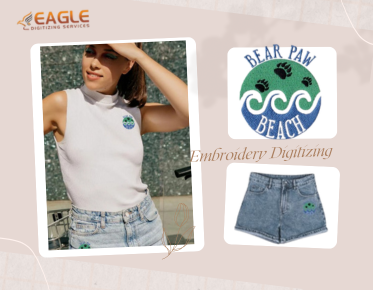Vector Art Color Matching: Essential Color Guides for Designers
The world of vector art is a vibrant and dynamic space where color plays a crucial role in the overall impact of the design. As a designer working with vector art, understanding the intricacies of color matching is essential to delivering visually compelling and harmonious artworks. In this article, we will delve into the essential color guides that every designer should be familiar with to excel in vector art color matching.
The Importance of Color in Vector Art
Color is not just a mere aesthetic choice. In vector art, it is a powerful tool that communicates emotions, themes, and even the essence of a brand. Successful color matching involves understanding color theory, including aspects such as color harmony, contrast, and the psychological impact of colors. The vector art services online are particularly focused on ensuring that colors are reproduced accurately and pleasingly to captivate audiences and stakeholders alike.
Color Theory: The Basics
Primary, Secondary, and Tertiary Colors
At the heart of color theory are the color wheels that organize colors based on relationships. The primary colors—red, blue, and yellow—serve as the basis for creating secondary and tertiary colors through mixing. Understanding these relationships helps in creating balanced color schemes that maintain a coherent artistic vision.
Color Harmony
Color harmony refers to the aesthetically pleasing arrangement of colors. Designers achieve harmony by combining colors with different relationships on the color wheel, such as complementary, analogous, or triadic colors. These combinations can generate a range of moods and aesthetic tones within a design, enhancing the overall viewer experience.
Matching Vector Colors: Practical Guides
Use of Color Guides and Tools
Color guides and digital tools provide an indispensable resource for designers in achieving precise color matching. Platforms like Adobe Color and Pantone color matching systems enable designers to find exact color codes and experiment with different palettes effectively. The integration of these tools ensures a high level of color accuracy in the finished vector art. To further refine these skills, companies such as Eagle Digitizing offer specialized training and resources to assist designers.
Implementing Color Matching in Vector Design
In the practical implementation of vector art design, the need for specialized services such as vector logo conversion becomes evident. This service ensures that logos and other key design elements are customized with the right color depths and shades. Whether for print or digital media, maintaining color integrity across various platforms is paramount.
Color Matching Challenges and Solutions
Despite advancements in color technology, vector artists often face challenges in color consistency, especially when working between different print and digital outputs. Utilizing a vector conversion service can help mitigate these issues by providing industry-standard solutions for color correction and adjustment.
The Role of Eagle Digitizing in Vector Art Color Matching
Eagle Digitizing excels in providing a comprehensive array of services tailored for vector art design, including color correction and vector image conversion. Their expert team ensures that the colors in your artwork are not only consistently accurate but also vibrant and true to the original design intent. With services such as vector tracing and background removal, they facilitate designers in achieving professional-grade vector art outputs efficiently.
The next time you embark on a vector art project, consider the importance of color matching more deeply. With the right tools and resources, such as those offered by Eagle Digitizing, your vector designs can achieve their full potential. As technology continues to advance, the integration of AI in color matching and other vector art tools opens exciting new possibilities for designers looking to push the boundaries of creativity and precision.
.png)


.png)